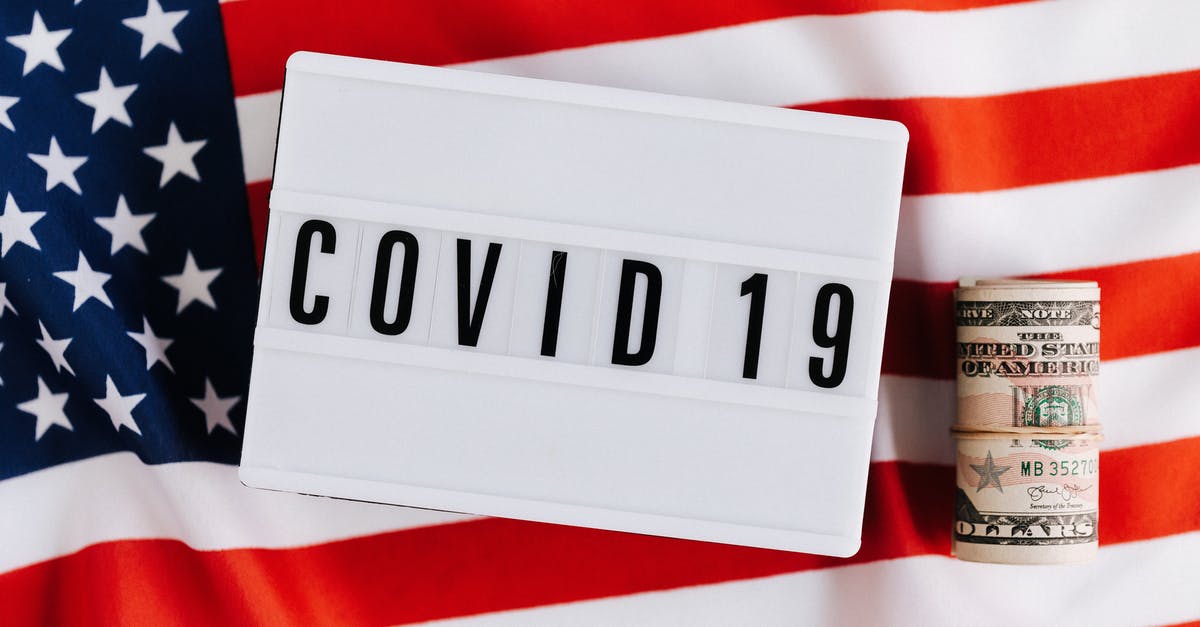What are the rules for taking electronics and other expensive gifts from the USA to the EU?

I am an American with residence in Belgium. I came here to the USA for the holidays and brought my old, iPhone, iPad and my MacBook. Now, here, I want to buy a new iPad and also a surface pad, among some other stuff.
Assuming I leave the boxes at home, and boot these devices up, maybe downloading some stuff on them, before leaving to the airport, will it be safe to bring them without risk of paying tax?
I can't find any info on the limit of goods I can bring over. I suppose if they are not in their boxes, it's clear that I am not selling them (in fact they are Xmas gifts).
Is there some regulation about this?
Best Answer
Mark and DCTLib already posted a link to official EU guidance on this (+1 to them) but it might be useful to clarify how these rules are intended to work.
Firstly, there is a fundamental difference between goods that have never been imported in the EU and things you take with you out of the EU and want to bring back in but that were originally bought in the EU. You might have to pay taxes and duties on the former but the latter do not need to be taxed again. In theory, customs officers can however ask you to produce some evidence that you did in fact buy them in the EU. Many countries also have a temporary export procedure to facilitate such reimports (especially for expensive equipment like computers, professional cameras, etc.)
So if you travel with a smartphone, a tablet and a laptop, they are probably worth more than the duty-free allowance but that's not really relevant (that's not the purpose of this allowance). You are allowed to reimport these items because duties and taxes (especially VAT in this case) have already been paid (the only potential issue is proving it).
Secondly, you do have the right to import some things as gifts or for your personal use. That's where the allowance comes in: As detailed in the EU page mentioned earlier, the total value of all the goods sourced abroad must be under EUR 430 (that's the price before taxes so one iPad is most likely OK but two tablets probably not). Both conditions must be satisfied: The value must be under the threshold and the importation must have no “commercial character”. There is no allowance for goods you intend to resell and no provisions to import expensive things tax-free and without paperwork only because it's for your personal use.
The allowance is designed to give you a bit of leeway for small gifts and to avoid ridiculously unenforceable rules that would theoretically require you to declare anything you bought abroad even if it's only a toothbrush. But it's not designed to allow frequent travellers to circumvent VAT and import duties for all their large purchases. All expensive goods (electronics, watches, luxury clothes, etc.) manufactured elsewhere and used within the EU are supposed to have been declared at some point, either by a professional importer (if you buy them inside the EU) or by yourself (if you shop abroad).
Thirdly, there is some gap between what's allowed and what you can do in practice. I have crossed the EU external border countless times with an expensive company-issued laptop, occasionally with boxed electronics goods or with wine and alcohol (within the allowance) and I have rarely been searched or asked anything. While I always scrupulously follow the rules, I could certainly have taken a brand new laptop or something else over the limit and gotten away with it and you will find many people who did just that.
EU borders are more open in this respect than many other borders I know (including US borders). There should be at least a passport check (except in the case of Switzerland) but it's not uncommon to enter without being questioned at all by customs. Enforcement is based on punctual searches, deterrence and tips by informants, not on checking everything that goes in. That's also why customs officers mostly do not bother with things like a single laptop or tablet without packaging.
Because of that you might actually get away with buying expensive goods in the US and bringing them back to the EU. But that does not change the rules. I even have a relative who got into trouble once for carrying six baby napkins with their labels (they were obviously well within the allowance value-wise but the customs officer ruled that nobody would need six of them so it was an illegal import - seriously). YMMV.
Pictures about "What are the rules for taking electronics and other expensive gifts from the USA to the EU?"



Do you pay duty on gifts to EU?
Goods sent as a gift from the EU that are over \xa339 in value are liable for Import VAT. Customs Duty also becomes payable if the value of the goods is over \xa3135. To qualify as a gift, it must be sent from a private person outside the UK to a private person(s) in the UK.Do you have to pay duty on gifts from USA?
Gifts worth up to $100 may be sent, free of duty and tax, to friends and relatives in the United States, as long as the same person does not receive more than $100 worth of gifts in a single day.Do you have to pay customs on electronics?
You have to pay taxes, also known as customs duty, for importing mobile phones, electronics and other goods from a foreign country into India.Do gifts get customs charges?
The Government has exempted gifts items received from foreign country to persons residing in India from the whole of custom duty under Foreign Trade Act. In the present scenario, import of goods up to the value of Rs. 5,000/- is allowed as gift, duty free.International Shipping 101
More answers regarding what are the rules for taking electronics and other expensive gifts from the USA to the EU?
Answer 2
Two possible sources here, one with brevity, one with detail.
The Taxation and Customs Union page specifies:
Up to a value of €430 for air and sea travellers Up to value of €300 for other travellersThe value on an individual item may not be split up.
but doesn't really explain how they define it.
So the UK government has a page on Electronic goods: international trade regulations:
This guide, which is aimed at traders who import and export electronics goods and technologies, provides an overview of the sector and sub-sectors, the key regulations you will need to comply with as an exporter or importer and selected sources of further help and support.
They have a variety of links which wouldn't be that useful here, but covers all the various use cases and RULES for both importing AND exporting from the EU.
Answer 3
Assuming that the question is about items bought in the US and then brought to Europe (not 100% clear from the question title), the rules can be found here.
Note that whether stuff is boxed, new, etc. or not does nor make a difference in general - it may make a difference for determining the value of the goods, though (new vs. used). An almost-new product will probably be treated as a new product, though.
So you can bring along electronic devices to the EU, but an iPad will almost surely exceed the tax-free limits.
Answer 4
Going to answer this part:
"Will it be safe to bring them without risk of paying tax?"
Yes it will.
Make sure your items are not boxed and wrapped in paper. Unless it looks like your going to sell it, the airport personal will not be bothered.
Sources: Stack Exchange - This article follows the attribution requirements of Stack Exchange and is licensed under CC BY-SA 3.0.
Images: Karolina Grabowska, Karolina Grabowska, Karolina Grabowska, Karolina Grabowska
